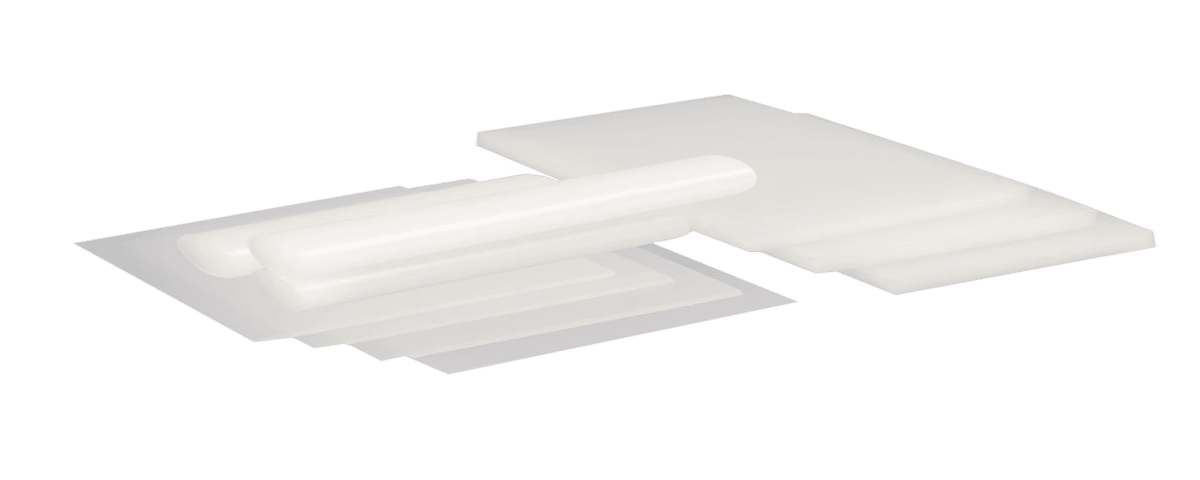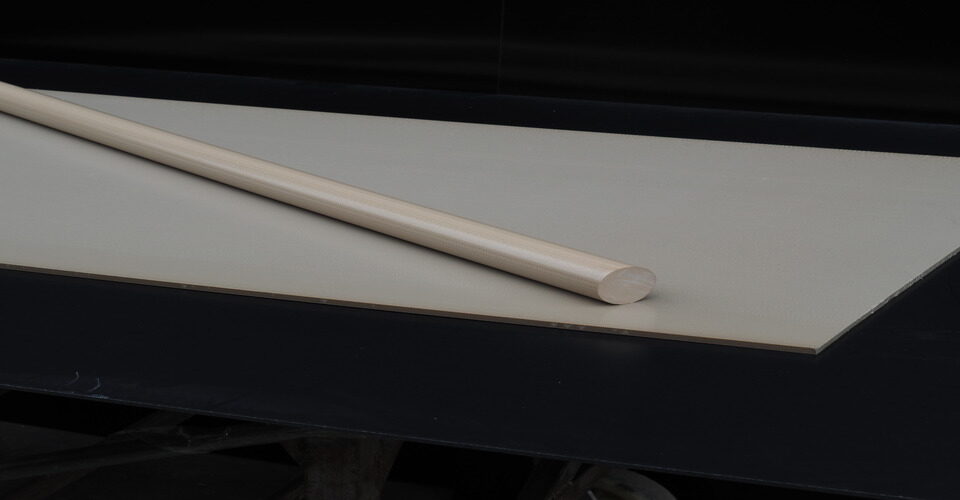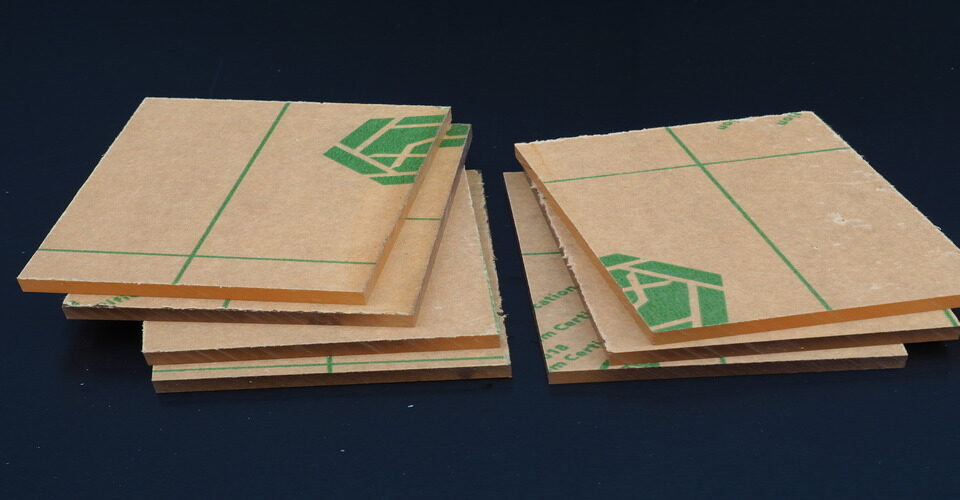
What is PU plastic used for?
February 11, 2025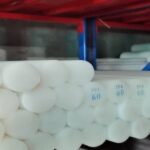
What is the full form of PFA sheet?
February 12, 2025PCTFE (Polychlorotrifluoroethylene) is a high-performance polymer with unique properties, making it ideal for use in specialized applications such as in aerospace, medical devices, and chemical processing. The composition of PCTFE gives it its distinct characteristics, such as high chemical resistance and low permeability.
1. Base Polymer
- Polychlorotrifluoroethylene: The primary component of PCTFE is polychlorotrifluoroethylene, a thermoplastic polymer made by polymerizing chlorotrifluoroethylene (CTFE) monomers.
- Molecular structure: It consists of carbon, hydrogen, chlorine, and fluorine atoms arranged in a way that provides both stability and versatility for various industrial uses.
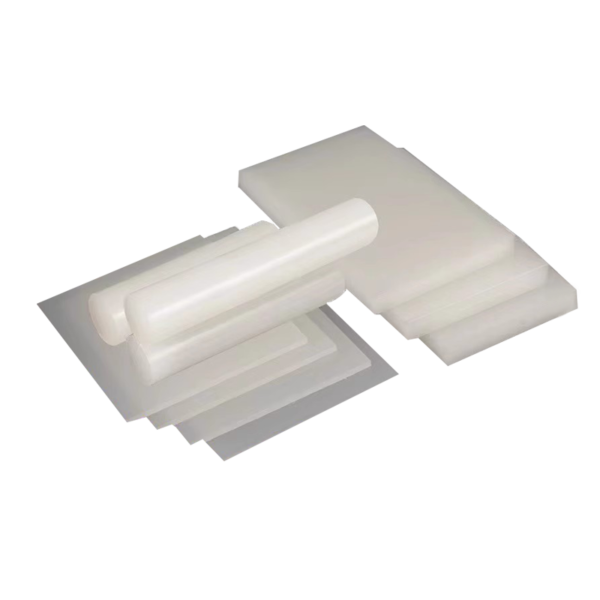
2. Fluorine Content
- High fluorine concentration: PCTFE contains a significant amount of fluorine (approximately 60-70%), which contributes to its superior chemical resistance and low surface energy.
- Properties imparted by fluorine: This high fluorine content gives PCTFE its non-reactive properties, making it highly resistant to acids, bases, and solvents.
3. Chlorine Component
- Chlorine atoms: Chlorine atoms in the polymer chain help enhance the material’s resistance to degradation from environmental factors such as UV light and heat.
- Balance of chlorine and fluorine: The combination of chlorine and fluorine in PCTFE gives it a unique set of mechanical and chemical properties, optimizing it for demanding applications.
4. Additives (optional)
- Plasticizers and stabilizers: In some cases, PCTFE may contain minor additives like plasticizers to improve flexibility or stabilizers to enhance thermal stability.
- Customization: Additives can be used to modify the properties of PCTFE for specific requirements, but the base polymer remains the main constituent.
5. Polymerization Process
- Radical polymerization: PCTFE is typically produced through a radical polymerization process, which helps control its molecular weight and other key properties.
- Controlled polymerization: This process ensures a consistent composition, allowing for predictable performance in various applications.
PCTFE’s composition, dominated by chlorotrifluoroethylene with significant fluorine content, contributes to its unmatched resistance to chemicals, low moisture absorption, and ability to withstand harsh environments.


